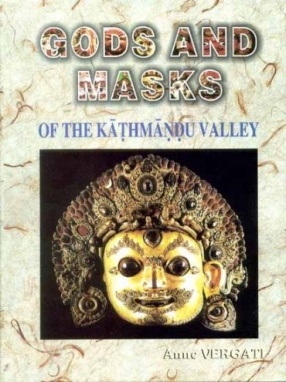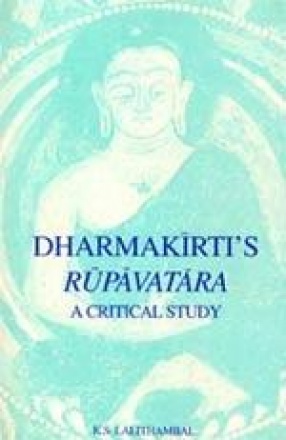The presence of masks as both ritual and art objects is attested among the traditions of mankind’s oldest civilizations. Cutting across cultural and geographical barriers, they have exhibited a remarkable range and diversity of meanings throughout history.
The present study focuses on the masks worn in the Kathmandu Valley by the main ethnic group, the Newars. A specific aspect of the Newars is that, despite the political dominance of Hinduism, Buddhism is still alive. The masks represent gods, goddesses and demons, but never the dead or the ancestors. The author argues that the reason for the absence of figurations of the dead or ancestor is to be explained by the funerary rituals. There are no memorial monuments or other objects which perpetuate the memory of the deceased: It is through rituals performed after their death that the memory is preserved.
The distinction is made between statue-masks and the masks worn during ritual dances. The author focuses on the contexts in which the masks are worn by professional dancers and draws attention to the legends, which explain the origin of the dancers and their ritual role. Detailed descriptions are given of the dances performed during different festivals in the localities of the Kathmandu Valley.
The masks then worn are destroyed and re-made ritually each year by painters. Anne Vergati explains the relation between the dancers as a social person with a social identity and the mask, which represents a god or a goddess. The mask is not supposed to hide the face of the dancer but to transform his identity in such a way as to make of him a deity.
Supported by numerous illustrations in colour, the book will appeal to historians and connoisseurs of art as well as to scholars of the cultures of the Himalayan regions.





There are no reviews yet.